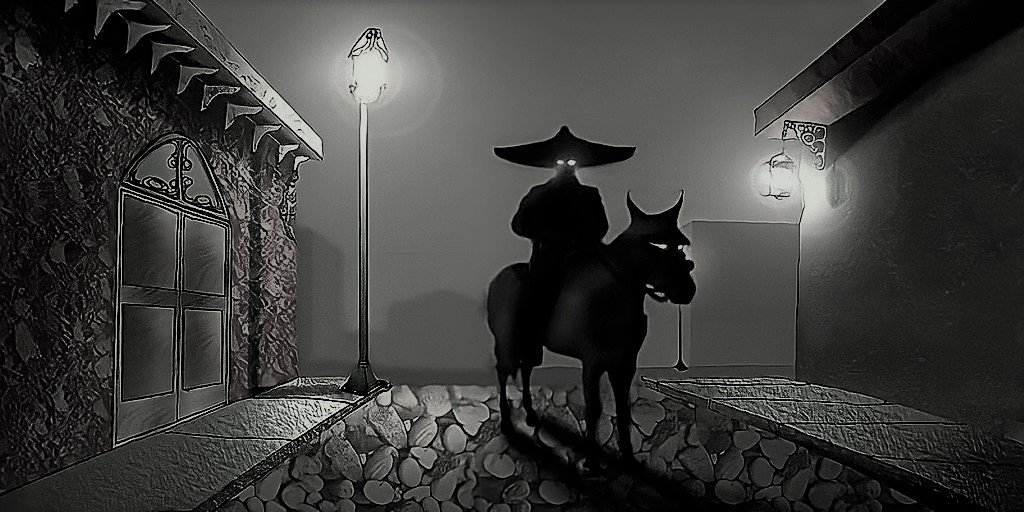4 Vegetables / Fruits People Actually Feared
You’ll be hard-pressed to find someone who thinks all vegetables and fruits are delicious, there’s always at least one that someone won’t like but usually, they won’t fear them… unless you’re looking at history.
Turns out some people in history feared several of these snacks for various reasons, here are four:
Eggplant the Poison?
(Persia/Italy/Greece)
It’s plotting to kill us all
Eggplants have been around for a long time and while they were being enjoyed in China in the 3rd century, over in Persia, a couple of centuries later, they were having a harder time.
Appearing in a book by Al Razi, a Persian scholar in the 9th century, he used the purple color of the fruit as a reference for dental diseases. This could be the first reference we have to eggplant being viewed in a negative light. Less than a century later the Persians believed eggplant could cause a whole heap of problems including leprosy, elephantiasis, ulcers, insomnia, and even pimples.
With the eggplants' further migration into other areas, many in Italy and Greece, it was given the nickname “mad apple” (along with the tomato) as they believed eating it could drive you insane.
Eventually, things would turn around for the eggplant when during the European Renaissance herbalists referred to it as the “love apple” and implied it was an aphrodisiac, something that emojis and texters around the world have capitalized on.
“Exactly what it looks like… I need a doctor”
2. Tomatoes; a Witches Best Friend
(Large parts of Europe)
Let’s pretend it’s the 16th or 17th century and you’re lucky enough to be one of the wealthy aristocrats in Europe. You’re enjoying a nice meal when a nearby patron’s head drops dead on their plate after having eaten a bright red fruit. You might believe the thing they were eating caused their death, that thing being a tomato.
Terrifying…
According to legend, many Europeans believed the tomato was poisonous but in reality, the pewter plates they ate the tomatoes on were full of lead. The acidic tomatoes leeched the lead from the plate and when they were eaten, there was a pretty fatal amount of lead poisoning going on.
But while some may have become sick from this if they ate a lot of tomatoes off a lot of plates, in actual reality tomatoes aren’t acidic enough to leech enough lead from the plates to kill someone instantly.
So why were tomatoes actually feared during the 16th century? Witches and nightshade.
At the time it was common knowledge that nightshade was a pretty poisonous plant and when tomatoes showed up bearing a striking resemblance to nightshade, it was avoided. What also didn’t help was the idea that witches used nightshade as part of their craft. It supposedly allowed them to fly, was used to contact the devil, and even helped their transformation into werewolves.
“Damn, ate too many tomatoes again.”
The belief was so prevalent that King Louis XIV’s botanist, Joseph Pitton de Tournefort, named the tomato “lycopersicum rubro non striato” in his official three-volume 1694 treatise Elemens de Botanique. That little term translates to “the red wolf’s peach without ribs.”… What?
Eventually, as the fear and belief of witches subsided so did the fear of tomatoes, though it did take several generations.
Related Article: Why are Tomatoes Legally Vegetables in the United States?
3. Potato, Potah-NO
(France)
Pictured Above: Literal Death
Potatoes are great, you can boil them, mash them, roast them, and even fry them to make French fries. Why are they even called that? But despite all their versatility between 1748 and 1772 potatoes were illegal in France.
Why? Well, because they grew underground and looked like dirt. The French people only saw potatoes fit enough to be hog feed. Eventually, the hatred for potatoes created rumors and fears of disease. Many believed that even growing potatoes would spread leprosy and whole other hosts of diseases. This caused them to be deemed illegal.
But then came along pharmacist Antoine-Augustin Parmentier. Parmentier had been a prisoner of the Prussian army during the Seven Years’ War where his daily rations included potatoes. Here, he discovered something that probably made him yell, “que diable?!” Turns out that the constant eating of potatoes didn’t actually give him any diseases and they were quite filling.
Once he returned to his native England he wrote a scientific treatise and met with the king and queen to change their minds. Along with a few other stunts, his efforts were victorious as the ban was lifted and many embraced potatoes… just in time for the French revolution.
Related Article: Why Are They Called French Fries?
4. Fava Beans Contain Souls?
(Ancient Egypt/Rome/Greece)
It’s like looking at a graveyard
Beans have always been popular among people throughout history but at the same time, many saw fava beans as a symbol of death. For example, the philosopher Pythagoras led his own cult, where they believed fava beans contained the souls of the dead. Others believed they connected the Earth to Hades and the rest of the Underworld. By the way, yes that’s the same Pythagoras from math class.
In Rome and Egypt, the beans were used for sacrifices and funerals with the High Priests barred from mentioning or touching them. Though, even back then some did not understand why the bean was so feared or worshipped, many even mocked some of these customs.
But it turns out there might be a genetic reason why some feared the fava bean. Favism is a genetic disorder more prominent in those with a Mediterranean background. Eating or being around the pollen of the fava bean plant can trigger a severe hemolytic response (red blood cell breakdown) causing jaundice and heart failure among other symptoms.
It’s possible some may have had or known someone with favism leading to the widespread belief the plant was a symbol of death.
Related Article: The Influential Cult of Pythagoras
Quick Facts
Eggplants contain nicotine but not enough to do any damage. You would have to eat over 20 pounds of it to match a single cigarette
Despite England classifying tomatoes as poisonous, they were being eaten in warmer climates such as Spain, Italy, and the Caribbean without issue. Many in England believed the reason for this was the warmer climate made the tomatoes less poisonous.
Several potato dishes are named after Antoine-Augustin Parmentier such as potage Parmentier (potato and leek soup) and hachis Parmentier (mashed potato casserole)

















